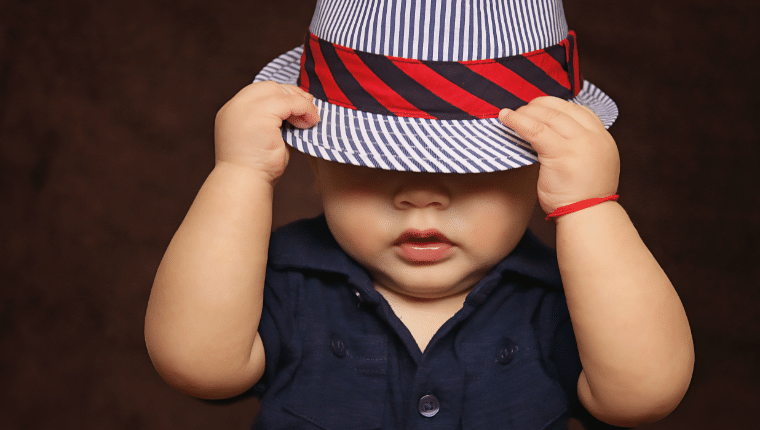Transition in technical terms refers to any type of change and can be defined as ‘the movement, passage, or change from one position, state, stage, subject or concept to another’. For a child, transitions can be a time of apprehension…
This can lead to what we would consider ‘problem behaviours’ when all that child needs is some extra support to face the changes they are going through.
There are three main categories of transition; those into and within a setting, such as enrolling and participating at an early childhood education setting for the first time or moving from one age-specific area to another like moving from an under-twos area to an over-twos area. Those between multiple settings such as going from one setting to another either as part of the weekly routine, for instance attending preschool for two days a week and going to Grandma’s for one day a week or during their day, for instance going from school to after school care or over time like leaving preschool to begin primary school. Finally, there are those many smaller transitions throughout the day between activities and routines, such as arriving at preschool, saying goodbye to their parent, moving from an activity to kai time. All of these put together mean that many children are encountering tens if not hundreds of transitions every day.
For us as teachers there are some key things to remember for children facing transitions:
- Everything about a new setting is new and unknown. So the physical environment, people, routines, schedule and relationships are all completely new for a child and can be overwhelming by themselves.
- Keeping these new aspects of the environment familiar over the first few days or weeks can be really beneficial for a transitioning child. So focus on keeping some aspects of the physical environment the same, having the same teacher or teachers and ensuring the schedule order stays the same can help a child to become familiar with the new area and routines.
- Ensuring a child has ample time to explore and take in their new surroundings and the people that are in it.
- Having a key teacher or primary caregiver that can develop a caring, respectful relationship with a child so as to be there to offer support for their initial settling and future transitions they will make
- All children are different and what works for one child facing a transition will not necessary work for another, so it’s important to taylor your strategies and techniques to individuals.
- DON’T FORGET THE FAMILIES. A child does not adapt to, and cope with, change in isolation. Parents, whānau, families, siblings, peers, and teachers in the child’s world all play an important part in facilitating the process of change with children. In my experience it is often the parents and other family members which are struggling with these transitions just as much, if not more, than the child so remember to focus your attention on them as well as their child.
- Separation distress or anxiety is a normal healthy reaction to being separated from an attachment figure.
- Any kind of transition needs to be carefully planned for and it is very beneficial for all those involved, children, their families and the teachers to have clear policies and procedures in place for transitions.
- Open, honest, regular communication between teachers and with parents and family members is vital to ensure smooth transitions and that everyone feels informed. We are in partnership with parents so it is important that they feel their opinions and aspirations are being heard and valued.
- Don’t forget about the many smaller transitions that children are facing throughout everyday. Whether by their own choice or because of a schedule, many children struggle with these and can display their anxiety in a variety of ways.
- Children need to be given plenty of time to participate in and finish an activity so as not to feel rushed or hurried. They need warning that a change is coming and the opportunity to prepare themselves for this transition and the time a child has to wait for the next activity or routine should always be kept to a minimum.
With careful planning and adequate support, children can learn to navigate their way through these many different transitions and come out more confident and competent on the other side.
Interested in learning more about this topic? Check out our course – Settling and Transitions – via the Online Learning Hub.


